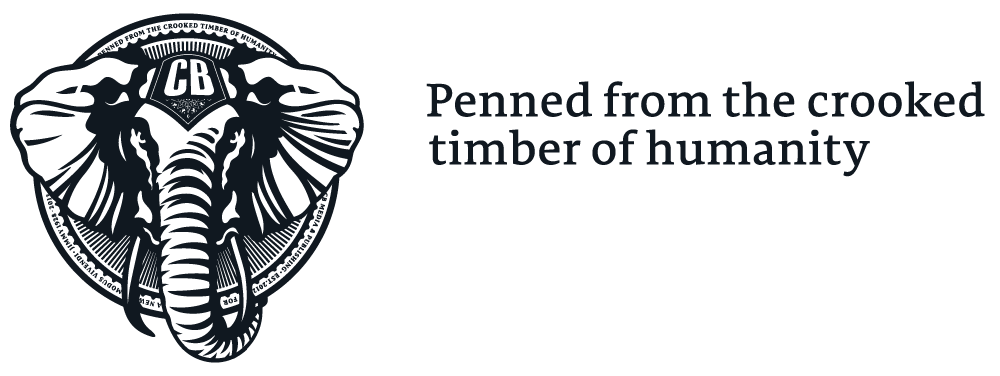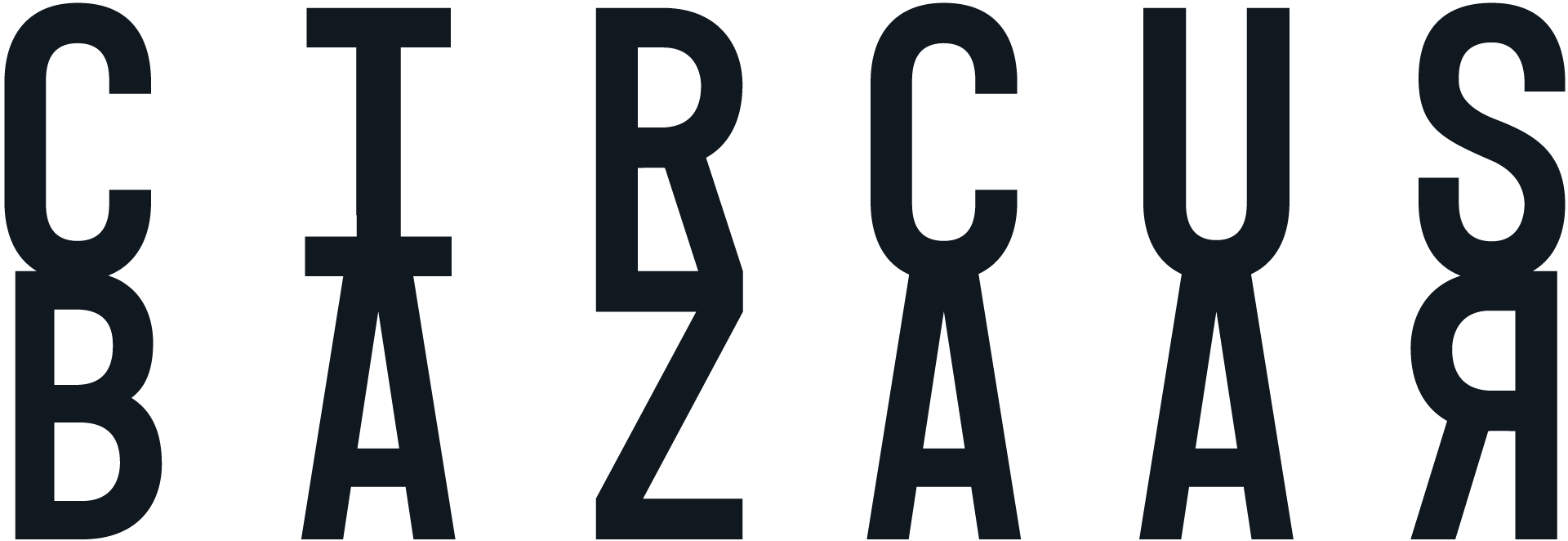Matthew Ford’s War in the Age of the Smartphone is an essential companion for anyone seeking to understand the changing nature of conflict in the digital age. Just as World War II expanded modern conflict into “total war,” where civilians inevitably became legitimate targets, Ford drives home the reality that in the smartphone era nobody is a non-participant. If you are not a soldier by proxy, you are an intelligence officer by proxy. If you are neither, you are a propaganda agent for a side you might not even realize you are serving. This truth—if we can even speak of such a thing in the digital age—only becomes more unsettling as technology accelerates.
The great virtue of this book lies in its explanatory power. Digital anthropology as a field often lags behind the technology it seeks to examine. War in the Age of the Smartphone, while sophisticated enough to serve as a guide for those in the field, also functions as a compelling vehicle for the general public. Ford grounds his analysis in real-world examples that many readers will recognize and relate to.
If you want to understand why modern war looks the way it does on your screen—and how it will continue to evolve—this book is essential reading.







